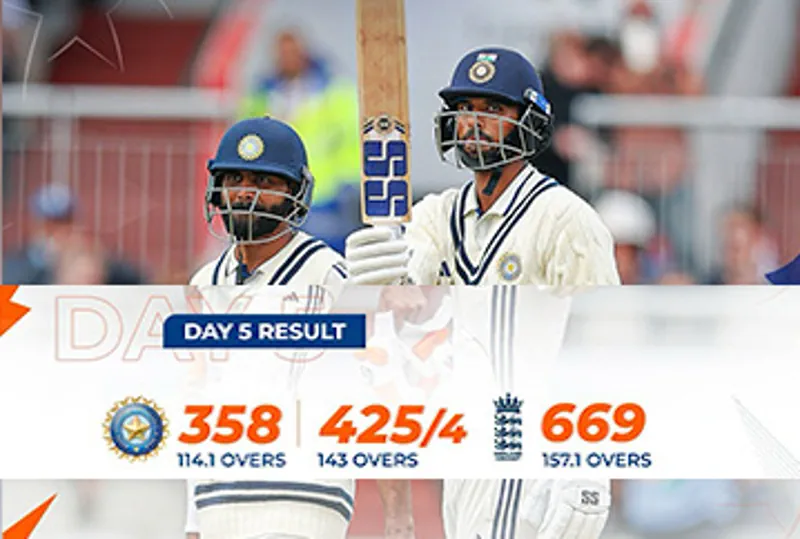Cricket is one of the world’s most popular sports, amassing a global following that transcends boundaries and cultures. Often dubbed “the gentleman’s game,” the sport is steeped in tradition and history, dating back to the mid-16th century when it first originated in Southeast England.

A true cricket lover will always take a deep interest in the game. This goes beyond placing wagers when registering at ACC online casinos offering sports betting platforms, although punters need to be equally mindful of which provider to choose. One thing’s for certain, delving into the history of how the cricket ball came about will give both players and fans a newfound appreciation for this much-loved game.
A seemingly innocuous sphere of leather and cork, the cricket ball has witnessed the evolution of the sport over centuries, undergoing its own transformation to improve the efficiency and effectiveness of the game. Let’s take a closer look at how the cricket ball has changed over time.
Historical Background
It is widely believed that the first set of manufactured cricket balls was crafted by descendants of the Duke family, who operated a cottage business in Kent during the late 1700s. In 1775, King George IV granted the Duke and his son a Royal Patent for their cricket balls. However, it wasn’t until the cricket season of 1780 that their six-seam ball made its debut for the first time.
While the Dukes balls were used across the globe, the outbreak of the second world war brought about some unexpected challenges, which ultimately led to the family losing their hold in the Australian market. Instead the Thompson family-owned business Kookaburra, swopped in and secure the contract from the Australian Cricket Board to develop cricket balls.
Subsequently balls manufactured by Kookaburra gained popularity, solidifying the company’s status as one of the biggest cricket balls manufactures in the world. In fact, Kookaburra balls are currently being trialed for English county games based on the recommendations of the England and Wales Cricket Board’s high-performance review.
Different Types of Cricket Balls
It all began with the advent of red cricket balls that were initially used in Test matches as well as forms of competitive cricket until 1977. Fresh red cricket balls were known for their swing and seam however once they matured they offered players late, reverse swing which many found to be more advantageous. Today, you will only find red cricket balls being used for long form cricket, where the matches tend to go on for several days.
Then came the white balls, which made their debut in the World Series Cricket in Australia, which starred Kerry Packer. Following the World Series a new trend emerged whereby the white balls as well as vibrant colored clothing became part of the tradition of One Day International matches. This also resulted in limited-overs cricket gaining a boost in popularity. However it is important to not that this ball is not a durable as its red counterpart and also does not offer the same amount of swing.
Then in 2009, the Marylebone Cricket Club (MCC) made a recommendation to adopt pink balls as was being done by the England and Wales Cricket Board and Cricket Australia. The acceptance of pink cricket balls in international cricket was atrritubted to the uptake of day-night Test matches, with officials growing increasingly concerned over the low visability fo the white balls at night. Moreover, it was also believe to help fast bowlers at night.
However, it would take another six years for pink balls to make their international debut. This occurred during the first-ever day-night Test game between Australia and New Zealand in 2009. Since then, despite widespread adoption, the use of pink cricket balls has faced criticism, with some players questioning their quality and durability.
Weight and Dimensions
The manufacturing standards for cricket balls are governed by British Standard BS 5993, which oversees factors such as size, quality, construction material, and performance. According to the initial cricket regulation established in 1744, the weight of cricket balls was mandated to fall within the range of 5oz to 6oz.
However, in the 1770s, the ball’s weight was subsequently reduced to between 5oz and 5.75oz. Additionally, the regulation specifies that the circumference of the ball should measure between 8.8125 and 9 inches.
At present, three prominent international cricket ball manufacturers – Dukes, Kookaburra, and SG – dominate the market. Dukes balls find primary usage in England and the West Indies, SG is the preferred choice in India, and Kookaburra holds sway in other cricket-playing nations.
Also Read:
- IND vs ENG: Jadeja, Sundar, Gill Hundreds Help India Earn Dramatic Draw Against England in 4th Test
- “If There Are No Bilateral Matches, Why Play in Multination Events?”: Azharuddin on India-Pakistan Asia Cup Clash
- Men’s Asia Cup 2025 To Be Held In UAE; ACC
- Ben Stokes Creates History With 11,000 International Runs And Rare 7,000 Runs-200 Wickets Test Feat




